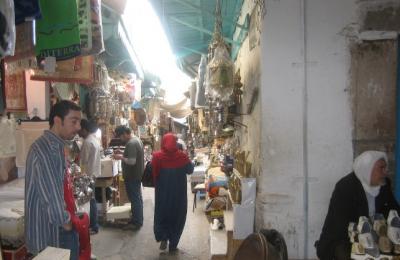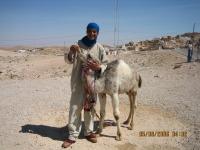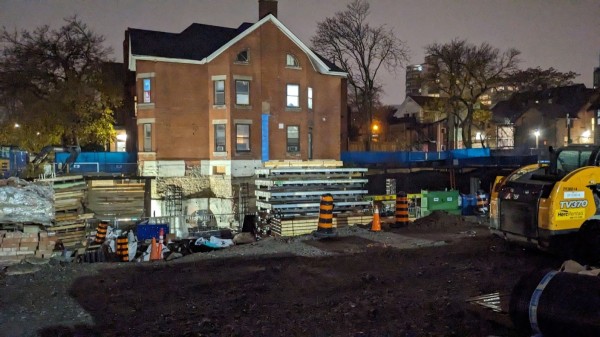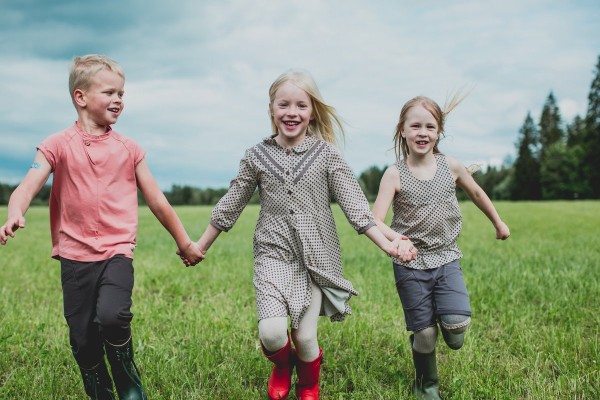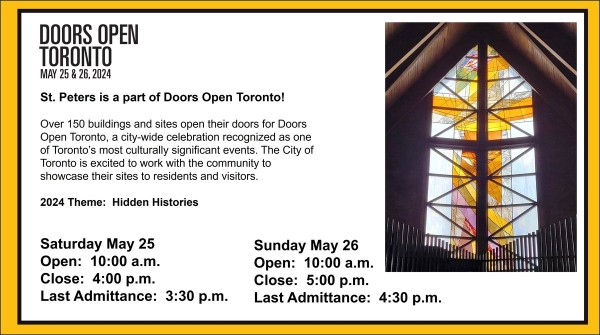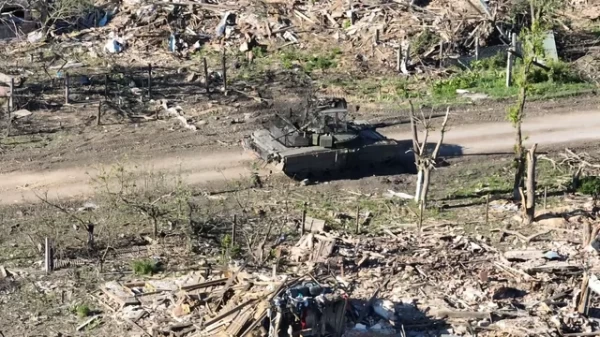Translated by Alliki Arro
What was this place where we had ended up like? What were the people like? Everything was foreign to us. It was high summer. My visual memory is very reliable, but nothing I conjure up comes in colour. We found ourselves in a monochrome setting - the village was devoid of summer colours. There were no trees - just a few bird-cherry and snowball-tree shrubs. There were no flowers. The village consisted of two rows of identical gray log houses bisected by a wide road, some two kilometers in length. The houses were placed up against the street, not back from it, and without exception, the windows faced the street. Every house had its own little vegetable garden, but it was in the back. Barns, stables, and sheds belonging to the collective farm were located at the end of the street, the office and the school were located in the middle. The street was really a dirt road. As I was to find out later, flowers did exist, but behind the houses - huge sunflowers. I had never seen sunflowers before. On one side of the village was a marsh with a river winding through it, and on the other was a hill, intersected by deep gullies. In fact, one end of the village went up the hill. Extensive forests began a few kilometers from the village.
If the exteriors of the houses were identical in nature, so were the interiors. All the houses were built of logs. In the middle of each house there was a huge stove with a sleeping platform on one side. The entire family would sleep there. The platform was built so high, that you could walk under it. To get to the platform, you had to climb the ladder that led up to the top of the stove. The furniture consisted of some tables and benches placed along the walls. If you could afford it, you had a bed. In one corner of this room there was a shelf with icons. They were not in the habit of lining the interior walls of the houses with wood, or putting a siding on the outside walls. The cracks between the logs were filled with moss.
The dress of the people was uniform as well. The women wore long, ruffled skirts and blouses made from linen. The colder it got, the more skirts and blouses they piled on, one on top of the other. As underwear they only wore vests sewn to-gether out of fabric, no underpants. For the outdoors, they wore short coats, covered by great shawls. Shawls were also used to cover the head - several of them if it was really cold. For footwear they had slippers made from linden bark, worn with linen foot-rags or, felt boots. The children were dressed in the same way and they seemed like tiny adults.
The entire family would use wooden spoons to eat out of a communal pot made from clay or tin. The food was cooked on a metal tripod placed in the opening of the stove. A small fire was lit under the tripod, and the cooking pot placed on top of that. When they heated the stove in the winter, you could cook your food in a clay pot placed in the glowing embers of the fire.
When we arrived, the village had a store, but, as time went on, there were fewer things to sell, and eventually it closed. No one had any soap. Not a soul. They made lye out of ashes, and everything was washed with that, including one’s body and hair. The houses had no toilets. Maybe they did exist in some houses, but the house we lived in did not have one, nor did the houses I had seen in the company of the local children. In the winter you “went” in the barn, when the weather was warm - wherever.
The women socialized by going to “sit” at one another’s places. In the summer , you sat on the bench in front of your house - often 3 or 4 women to-gether. Tea was served at the winter sittings. Each family had a coal-fired tea-maker - a samovar. A samovar had second pride of place in a house, after the shelf with the icons. The imbibing of tea had a ritual all its own. I remember well, how our landlady stoked the samovar. She always did this with deliberate care. The water was heated till it boiled in the samovar, and then the tea was allowed to steep in a pot placed on the coal-pipe. The tea was always served in cups with saucers. The hostess always poured the tea. However, the tea was always drunk out of the saucers, where it was always poured bit by bit, and then sipped with slurps of contentment. There was no sugar. No one had any. On great holidays candies or honey, if you had some, were used to sweeten the tea. They were not stirred into the tea, but put in one’s mouth while one took sips of the strong tea. During one “sitting” one could drink as many as 10 or more cups of tea. The women also visited one another, to “search heads”. This is how it was done. One woman kneels on the floor and puts her head in the lap of the “searcher”. The “searcher” separates the strands of the kneeling woman’s hair with a dull knife and crushes lice with her fingernail against the blade. In the battle against lice they also used another weapon - a fine comb, but that was an everyday chore, devoid of pleasure. In the summer the young people organized “gulyanyesis”. Led by an accordionist, they sang and danced their way up and down the street.
There were practically no men in the village, just invalids and feeble old men. The women did everything: they ploughed, mowed, carried sacks of grain, threshed, and much more. That is why the children were left on their own all day. The older ones kept an eye on the younger ones, and herded the cows, if there were any. The girls played with rag dolls and pieces of broken dishes. The pieces were traded, and all the girls in the surrounding area knew what kind of “collection” you had. The basic game of the boys was war. (To be continued)
Letter to my father (5)
Järjejutt
TRENDING






